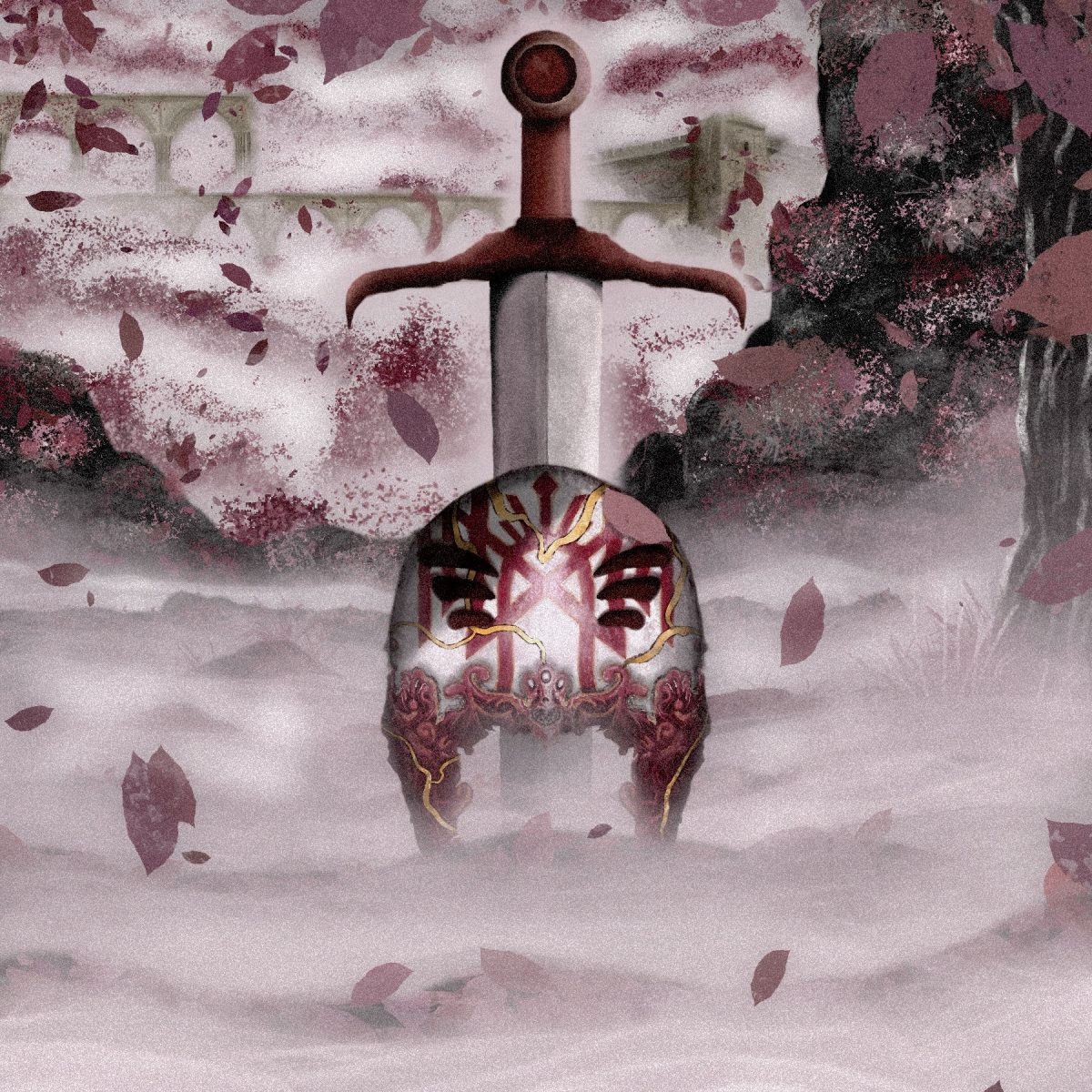Gail Tsukiyama’s novel, “The Samurai’s Garden”, is a beautiful masterpiece that explores the intricate human attachments and culture.
The novel follows the journey of a young 20-year-old Chinese student, Stephen Chan, through the four seasons (autumn, winter, spring and summer).
Stephen is inflicted with tuberculosis and seeks solace in Tarumi, Japan.
Set against the turbulent times of the Second Sino-Japanese War, Stephen’s narrative unfolds through a series of journal entries dating from 1937 to 1938. During his stay, Stephen becomes deeply connected with the townsmen of Tarumi as he navigates the complexities of relationships and the simplicity of true happiness.
Tsukiyama’s choice to write from Stephen’s perspective through journal entries crafts a narrative that is both intimate and compelling. This method of storytelling brings an immediate sense of closeness and authenticity, as readers are privy to Stephen’s innermost thoughts and feelings.
The episodic nature of the journal entries seamlessly integrates the present with the character’s past. This approach shows how past experiences shape present realities, constructing a more holistic view of the characters and their journeys.
Tsukiyama’s novel is rich in themes that resonate deeply with the human experience. The juxtaposition of solitude and connection forms the heart of the narrative, as characters overcome challenges in their relationships.
The shadow of war looms large, yet “The Samurai’s Garden” chooses to focus on the battles fought within the self and between loved ones. The characters’ struggles with national identity, family honor and personal redemption are mirrored in the landscape of the garden — ever-changing, yet timeless in its beauty.
The characters develop gradually, overcoming their adversity through the collective strength of compassion and forgiveness in the community. By the end of the novel, Tsukiyama has transformed these characters into embodiments of human endurance, each carrying the scars of their pasts but also the hope for renewal.
While some may prefer a story with quicker developments or more overt drama, the book’s deliberate pace allows for a deeper reflection on the processes of healing and emotional recovery, offering a richly satisfying experience for those who favor narratives centered around character growth. This novel serves as a gentle reminder of storytelling’s capacity to heal wounds, bridge gaps and bring about profound personal transformations.
★★★★★
5/5 stars






















